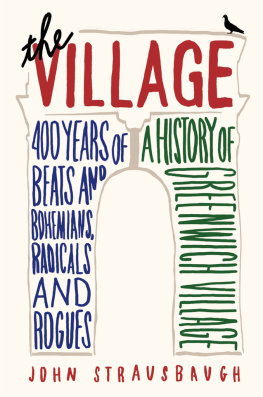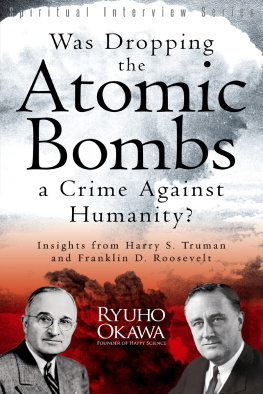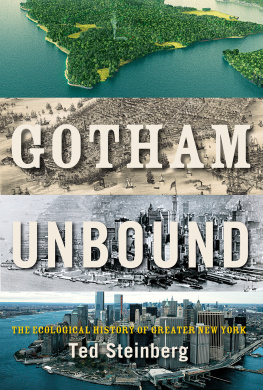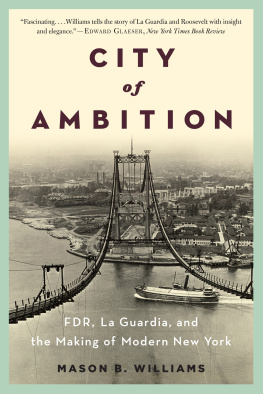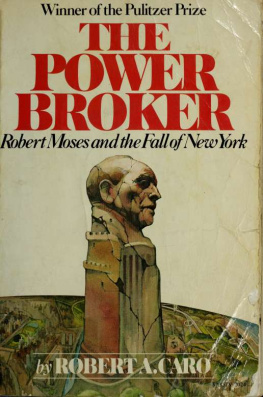Cover design by Richard Lejoenes.
Cover copyright 2018 by Hachette Book Group, Inc.
Hachette Book Group supports the right to free expression and the value of copyright. The purpose of copyright is to encourage writers and artists to produce the creative works that enrich our culture.
The scanning, uploading, and distribution of this book without permission is a theft of the authors intellectual property. If you would like permission to use material from the book (other than for review purposes), please contact permissions@hbgusa.com. Thank you for your support of the authors rights.
Twelve is an imprint of Grand Central Publishing. The Twelve name and logo are trademarks of Hachette Book Group, Inc.
The publisher is not responsible for websites (or their content) that are not owned by the publisher.
The Hachette Speakers Bureau provides a wide range of authors for speaking events. To find out more, go to www.hachettespeakersbureau.com or call (866) 376-6591.
Names: Strausbaugh, John, author.
Title: Victory City : a history of New York and New Yorkers during World War II / John Strausbaugh.
Description: New York : Twelve, 2018. | Includes bibliographical references and index.
Identifiers: LCCN 2018022866| ISBN 9781455567485 (hardcover) | ISBN 9781549194795 (audio download) | ISBN 9781455567461 (ebook)
Subjects: LCSH: New York (N.Y.)History18981951. | World War, 19391945New York (State)New York.
Classification: LCC F128.5 .S87 2018 | DDC 974.7/104dc23 LC record available at https://lccn.loc.gov/2018022866
S unday, April 30, 1939, dawned bright and sunny in New York. But by lunchtime a lid of low, dark clouds had clamped over the city, and soon it was steadily and drearily pelting rain. Knowing what we know now, the historiographer James Mauro noted in Twilight at the World of Tomorrow, its hard not to see this shift in the weather as ominously portentous.
April 30 was the day for the grand opening of the 1939 New York Worlds Fair. The fairs theme was Building the World of Tomorrow. Starting in 1936, sixty nations, dozens of corporations, some of New Yorks finest architects and designers, and an army of workers had pitched in to transform an ash dump in Flushing Meadows, Queens, into a heroic, soaring vision of a utopian future, a world of peace and harmony, rocket ships and robots, orderly ribbons of highway and glittering forests of skyscrapers.
President Franklin D. Roosevelt, Mayor Fiorello La Guardia, Albert Einstein, and other dignitaries were on hand for the grand opening. The one million fairgoers organizers had predicted were not. The gloomy, wet weather reduced attendance to at best half that, and some estimates were as low as two hundred thousand.
On April 30, 1939, the future was cloudy indeed. Two of the worlds fairs sixty original nations, Austria and Czechoslovakia, had recently ceased to exist as independent states, devoured by Hitlers Germany. Germany, another original participant, had pulled out of the fair in a fit of pique over increasing criticism from Americans, not least of them the outspoken La Guardia.
In September 1939, as the fairs first season was drawing to a close, Germany invaded another participating nation, Poland. Within weeks, Germany and the Soviet Union had divided the country. Two more nations at the fair, England and France, declared war.
New Yorks worlds fair, like the world itself, was in shambles when it opened again in May 1940. From The World of Tomorrow, which now seemed hopelessly naive, the official theme was changed to For Peace and Freedom. Ten nations did not reopen their pavilions, most of them because they were now in Nazi hands. Finland, overrun by the Soviets, closed its pavilion. The Soviet Union had shut down its own pavilion, dismantled it, and shipped it away.
By July Hitler had established dominion over virtually all of western Europe, and his Luftwaffe was bombing England in preparation for an invasion. That July 4, a terrorist bomb at the fair killed two people and severely injured others. Japan, which had one of the more popular national pavilions at the fair, formally joined the Axis alliance with Germany and Italy that September. By the time the fair dispiritedly folded for good at the end of October 1940 its theme might as well have been The World at War.
The conflict that began in September 1939 raged on around the world until August 1945. Fifty million to 85 million people died (estimates still vary). Millions more were injured, raped, enslaved, displaced, or otherwise brutalized. Many of the worlds great cities were smashed to rubble. It all ended in the hellish flash of the most powerful weapon yet developed, the atom bomb.
Still, dreams of global peace and progress survived, and in 1946 they returned to Flushing Meadows. The only structure from the 39 worlds fair still standing, the large New York City Building, was converted into a meeting hall for the first gathering of the General Assembly of the United Nations. While delegates conferred there, work on the UNs permanent home got under way in Turtle Bay, a former area of slaughterhouses and crumbling waterfront on the east side of midtown Manhattan. On October 24, 1949just a week short of ten years since the first season of the New York Worlds Fair endedPresident Truman, New York governor Thomas Dewey, various diplomats, and ten thousand onlookers gathered at the foot of the slim, elegant UN Secretariat tower, still under construction, to lay the granite cornerstone.
Becoming the home of the United Nations and the capital of the world was the crowning achievement for New York City when it was at the zenith of its power and influence. In the decades surrounding World War II, New York was a far larger presence in America and around the world than it is today.
To start with, there was its sheer size. In the 1920s it had eclipsed London to become the largest city in the world. Its population of seven and a half million in 1940 was larger than the next three American citiesChicago, Philadelphia, and Detroitcombined. It was bigger than the populations of the fourteen smallest states combined. Three of its five boroughsManhattan, Brooklyn, and the Bronxwould rank among the eight most populous cities in the country. Almost 6 percent of all Americans lived within its five boroughs, 10 percent in the greater metropolitan area. It was also an extraordinarily diverse and cosmopolitan population. More Jews lived in New York than in any other city in the world, more blacks than in any other city in America, more Irish than in Dublin, more Germans than anywhere outside Germany, almost as many Italians as in Rome.
While Washington was the nations political capital, New York was the capital in just about every other way that mattered. Its port was the busiest in the world, shipping 40 percent of all imports and exports for the entire United States. It was the nations wholesale and retail merchandising hub. It was its powerhouse of banking and international finance. There were more Fortune 500 headquarters in Manhattan than anywhere in the country. Although it had no giant steel mills or automobile plants, New Yorks tens of thousands of smaller factories employing a million workers made it the largest factory town in the world.



